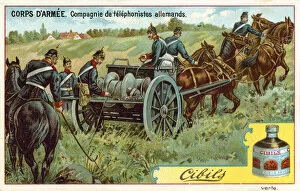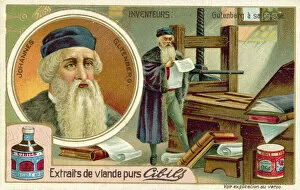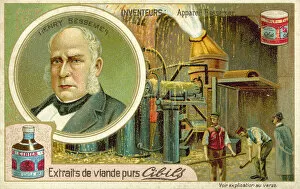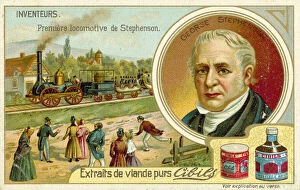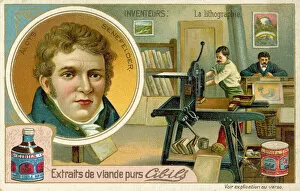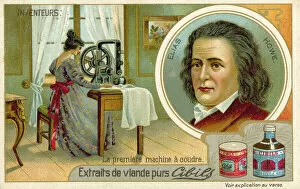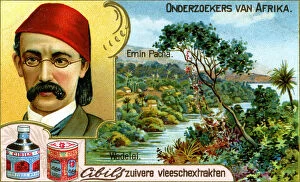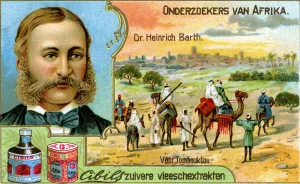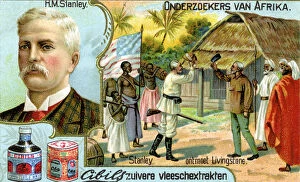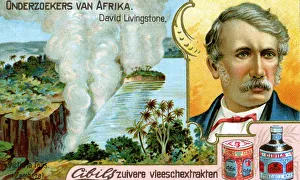Cibils Collection
"Cibils: A Glimpse into the World of Innovators, Explorers
All Professionally Made to Order for Quick Shipping
"Cibils: A Glimpse into the World of Innovators, Explorers, and Pioneers" Step back in time with Cibils as we explore a collection of captivating chromolithos that showcase some remarkable individuals and inventions. From the Army Corps to German telephone company, these images take us on a journey through history. In one frame, we witness Johannes Gutenberg, the ingenious inventor of the printing press. His revolutionary creation paved the way for knowledge dissemination and transformed society forever. Alongside him is an exhilarating game of hockey, capturing the spirit of competition and camaraderie. Moving forward, we encounter English guns mounted on tricycles - a testament to human ingenuity during times of conflict. These quick-firing weapons demonstrate how technology can be harnessed for military advancements by resourceful minds within the Army Corps. Henry Bessemer's presence reminds us of his groundbreaking Bessemer process which revolutionized steel production. This invention propelled industrialization forward and shaped our modern world as we know it today. Thomas A Edison makes an appearance too; he mesmerizes us while recording sound onto his phonograph device. Witnessing this momentous event reminds us that innovation knows no bounds when it comes to preserving human experiences through audio recordings. The first locomotive by Stephenson chugs along in another vibrant lithographic masterpiece. Its wheels symbolize progress and connectivity as railways brought people closer together like never before. Alois Senefelder's invention lithography takes center stage next – an art form that allowed for mass reproduction of beautiful imagery with incredible precision. The intricate details captured in these chromolithos are a testament to Senefelder's genius. Elias Howe graces another frame with his invention – the first sewing machine. This marvel transformed textile industries worldwide and liberated countless individuals from laborious hand-sewing tasks. Lastly, Emin Pasha emerges as a German doctor, linguist, and administrator.

